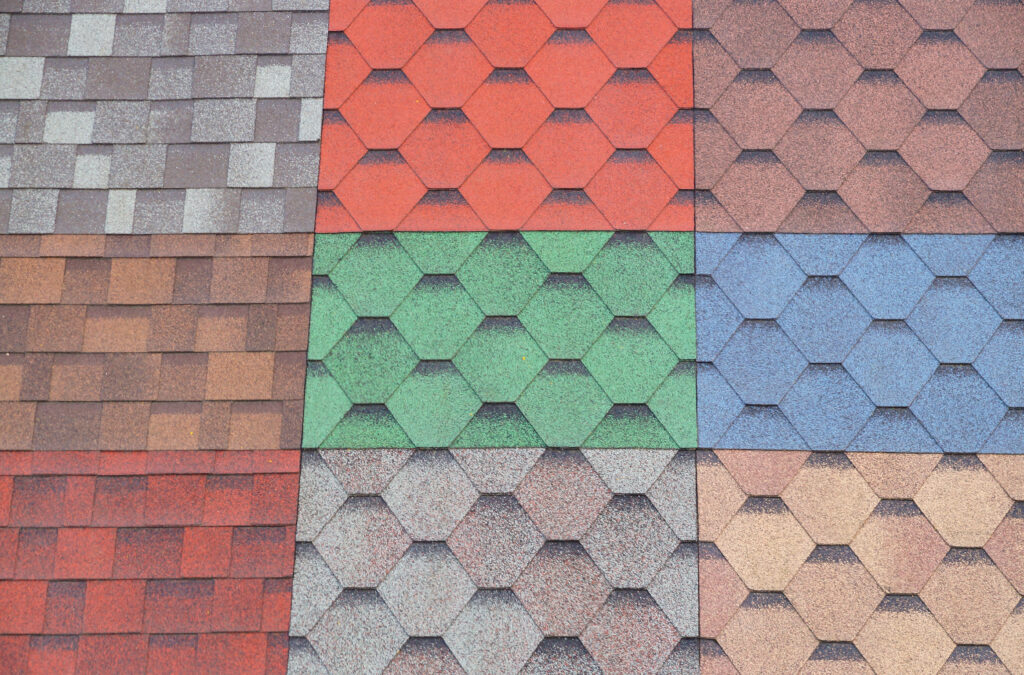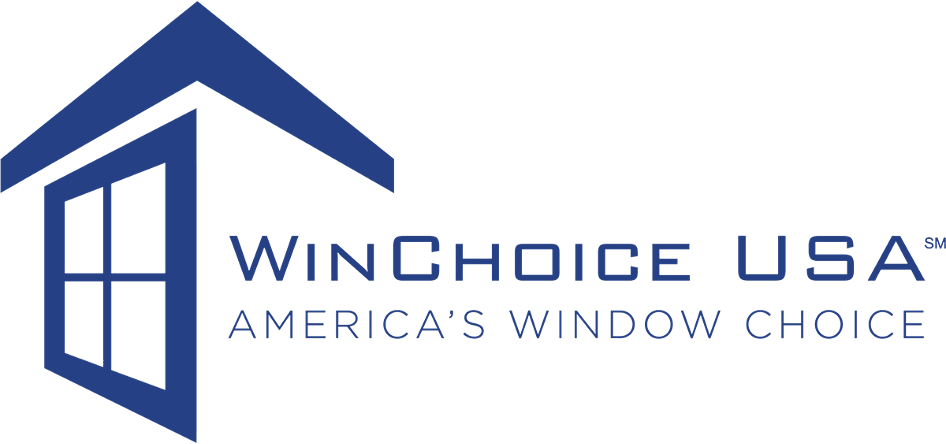Types of Roofing for Your Home

*Updated September 3rd, 2025
Thinking about redoing your roof? Whether you’re looking for something budget-friendly or aiming for a high-end upgrade, the roofing material you choose can make a world of difference. From the tried-and-true asphalt shingle to sleek metal roof systems and cutting-edge solar tiles, every roof material has its benefits and drawbacks.
Not sure where to start? Don’t worry—we’ve got you covered. This guide walks through the different types of roof materials (including 11 different types of roofs homeowners consider) so you can pick the roof type that suits your home and lifestyle best. Let’s find your perfect roof together!
Factors to Consider Before Choosing a Roof
When you’re choosing the best type of roofing material, weigh a few key factors:
- Budget & Roof Cost: Materials on the market range from entry-level asphalt roof options to long-lasting roofing like slate roof and tile roofing. Your total roof cost depends on material, labor, roof size, and complexity.
- Climate & Durability: A roof can last decades if matched to climate. Hail zones favor tough metal roofing materials; coastal areas may prefer corrosion-resistant systems.
- Aesthetics & Roof Style: Consider curb appeal and types of roof designs that complement your architecture—modern, cottage, or classic.
- Structure & Roof Slope: Steeper pitched roofs shed water quickly; a flat roof or low-slope roof needs different assemblies and roofing material for flat roofs.
- Installation & Maintenance: Some systems use interlocking roofing panels; others require specialized labor. A trusted roofing contractor/roofer helps ensure the roof system performs.
- Future Plans: If roof replacement is likely soon, balance durability with near-term roof needs.
Asphalt Shingles (Most Common Type of Roof)
If you’ve driven through a suburb, you’ve seen shingle roofs everywhere. Shingles are the most common roofing in U.S. residential roofing because they’re affordable and versatile.
Why homeowners choose them
- Cost-effective common roofing material with many styles and colors
- Quick installs; broad availability of asphalt shingle roof options
- Architectural and 3-tab profiles to fit your roof style
Keep in mind
- Moderate lifespan vs. premium choices
- In humid regions, consider algae-resistant products
Metal Roofing
Metal roofing comes in multiple looks—from standing seam to metal shingles that mimic shake or tile. It’s a long-lasting roofing option known for strength and energy efficiency.
Why it’s popular
- Durable, low maintenance; great in extreme weather
- Reflective finishes can cut cooling loads
Notes
- Higher upfront cost than asphalt
- Proper underlayment reduces rain noise
Wood Shingles and Shakes
A wood roof delivers natural warmth. Shake roof textures feel rustic; wood shingles read cleaner and more uniform.
Why people love it
- Beautiful, timeless look with natural insulation
- Can be sourced sustainably
Considerations
- Needs routine care in damp or wildfire-prone areas
- Treated products improve fire resistance
Slate Roofing
A premium choice with century-plus potential. A slate tile roof offers exquisite, natural stone beauty.
Why slate stands out
- Exceptional longevity and fire resistance
- Rich color variations (gray, green, purple tones)
Considerations
- Heavy: verify structure before installation
- Specialized crews required
Clay and Concrete Tiles
Mediterranean charm meets durability. Tile roofing in clay or concrete tile adds character and heat resistance.
Why tiles work
- Excellent lifespan; strong curb appeal
- Concrete profiles can mimic other looks (shake, slate)
Considerations
- Heavier systems (verify framing)
- Can crack from impact; individual tiles are replaceable
Synthetic Roofing Materials
Synthetic roofing (polymer, rubber, composites) replicates slate or shake at a friendlier price and weight.
Why go synthetic
- Lightweight, impact-resistant; often recycled content
- Attractive roofing with simplified installs
Considerations
- Lifespan varies by brand and formulation
Solar Tiles
Blend generation with protection. Solar tiles integrate PV into the roof envelope—form and function in one.
Why they’re compelling
- Energy production plus modern aesthetics
- Potential utility savings over time
Considerations
- Higher initial investment; site sun exposure matters
Low-Slope Options: Membrane Roof, Built-Up Roofing, Rolled Roofing
If you have a flat roof or near-flat section, consider these roofing materials to consider:
- Membrane roof systems (e.g., EPDM roofing, rubber roofing) for watertight performance
- Built-up roofing (multi-ply asphalt layers) for time-tested durability
- Rolled roofing for small outbuildings or budget applications
These different types of roof materials are tailored to low-slope assemblies where shingles aren’t suitable.
Common Roof Designs (Shapes): Gable Roof, Hip Roof, Mansard Roof, Gambrel Roof, Flat Roof
Your roof design influences drainage, attic roof space, and aesthetics:
- Gable roof: Classic triangle; efficient and economical—one of the most common roof designs
- Hip roof: Slopes on all sides; stable in wind; a traditional hip roof look
- Mansard roof: Steep lower slope (seen on some French roofs) with extra interior volume
- Gambrel roof: Barn-style profile with multiple slopes—popular for shed roofs and added space
- Flat roof: Modern look; relies on low-slope assemblies above (see low-slope section)
(You’ll also encounter dutch gable roof, inverted gable roof, and even curved roofs among many types of roofing and different roof shapes.)
Conclusion
Whether you’re drawn to the value of asphalt shingle, the longevity of metal roof or slate roof, the character of tile roofing, or the innovation of solar tiles, the roofing material you choose should align with climate, budget, style, and maintenance expectations. With the types available today across materials and types of roof designs, there’s a roof for your home that balances beauty and performance.
When you’re ready, partner with a trusted roofer to specify and install the system that fits your roof options and long-term plans.
FAQs
What type of roofing material is best?
It depends on climate, structure, and budget. Asphalt shingle roof options are economical; metal roofing materials and slate roof deliver top durability; tile roofing blends style and longevity; membrane roof systems excel on low slopes.
What type of roof do most houses have?
In the U.S., shingles are the most popular/shingles are the most common on single-family homes due to cost, versatility, and availability.
What is the newest type of roof?
Solar tiles are among the newest innovations, integrating generation into the roof system—a popular roof choice for eco-minded upgrades.
What is the cheapest type of roof?
Generally, asphalt shingle is the most affordable, with many multiple styles to match your roof style. Upgrades like metal roofing comes with higher first costs but longer life.ption, making them the go-to choice for budget-conscious homeowners.
Sources
- Home Depot – Types of Roofing
- The Spruce – Cost of Roofing Materials
- CeDUR – Different Types of Roof Materials for Homes
- USA Today – Types of Roofing Materials
- Forbes – Types of Roofing Materials
- Architectural Digest – Types of Roofing Materials
Additional Roofing Resources
- The Ultimate Guide to Choosing Roofing Underlayment
- What Should You Have In Your Roofing Contract?
- Metal Roofing Basics: What You Need to Know
- Getting Your Roof Ready for Winter

Anna has over six years of experience in the home services and journalism industries and serves as the Content Manager at MyHomePros.com, specializing in making complex home improvement topics like HVAC, roofing, and plumbing accessible to all. With a bachelor’s degree in journalism from Auburn University, she excels in crafting localized, comprehensive guides that cater to homeowners’ unique needs. Living on both coasts of the United States has equipped her with a distinctive perspective, fueling her passion for turning any house into a cherished home through informed, personalized decision-making.
Connect with top-rated local contractors who can help you with siding, roofing, HVAC, windows, and more. Get free quotes from verified professionals in your area today.








